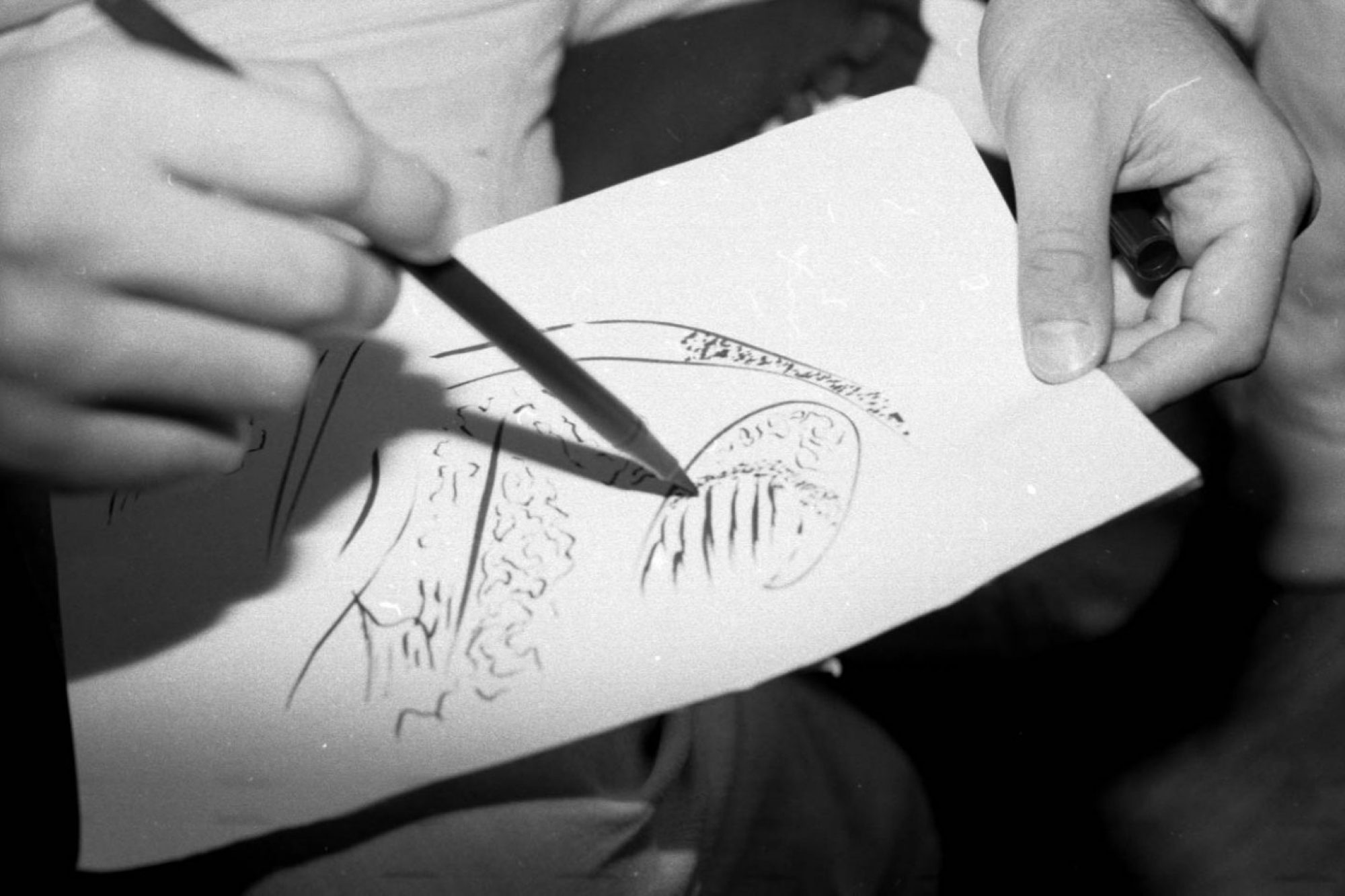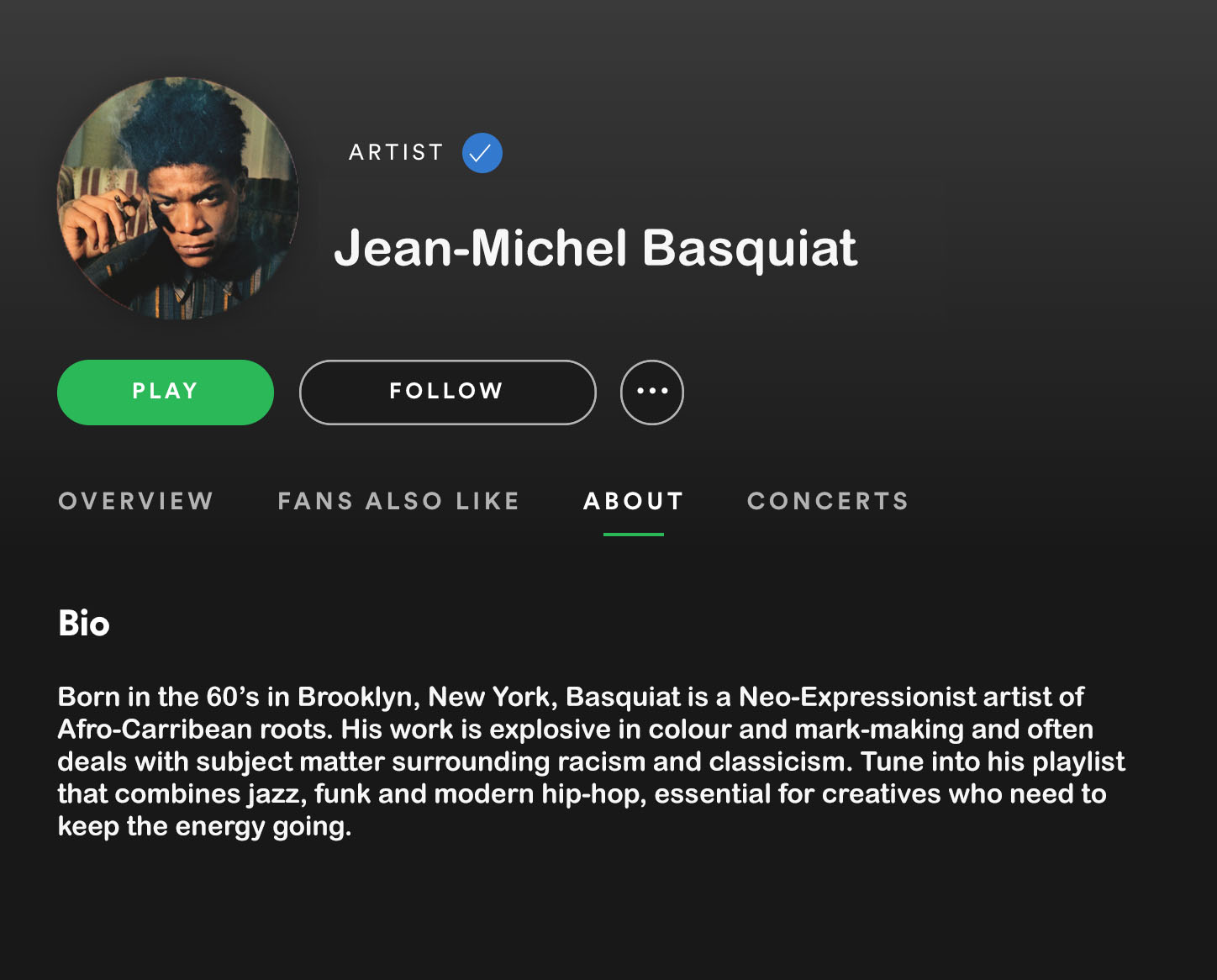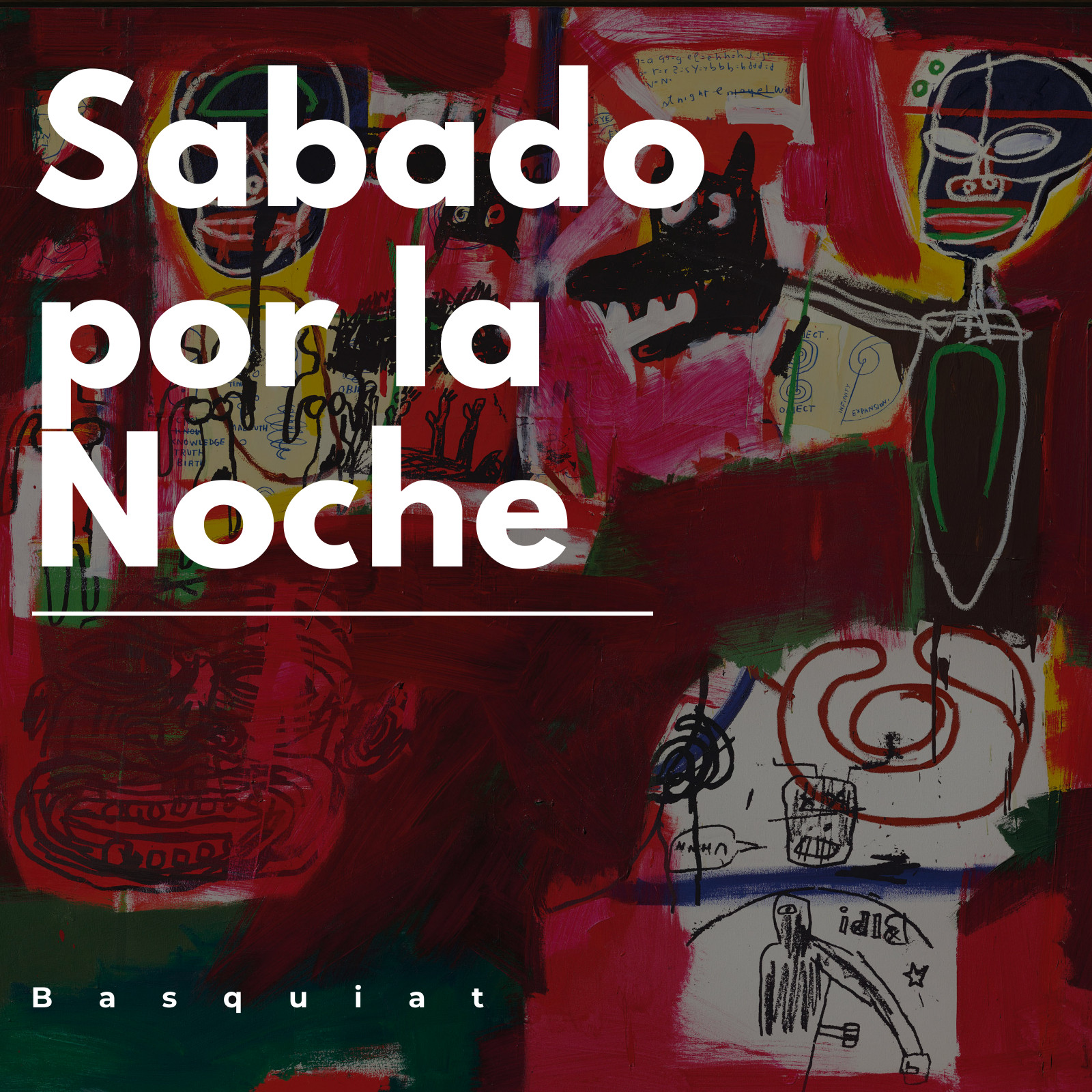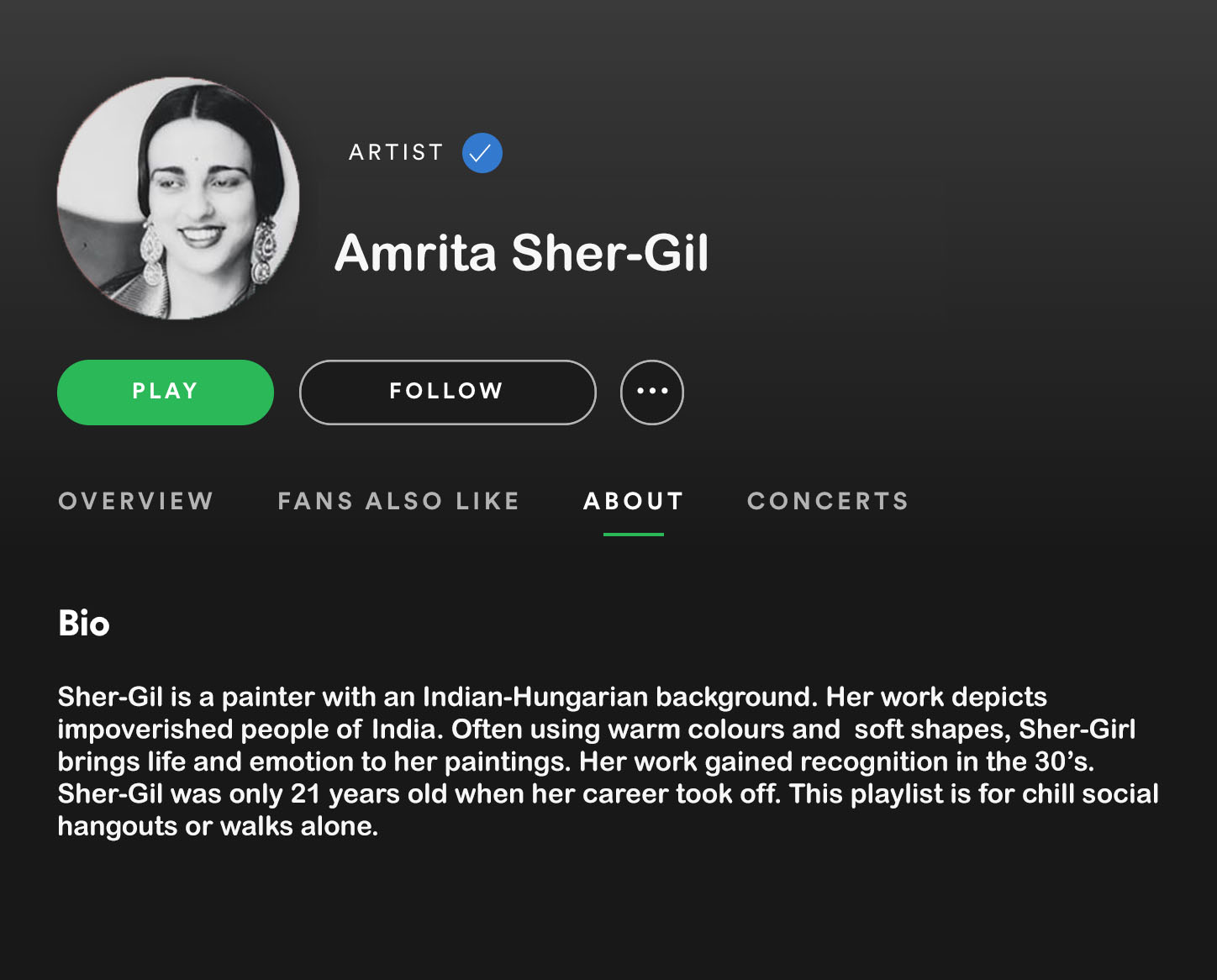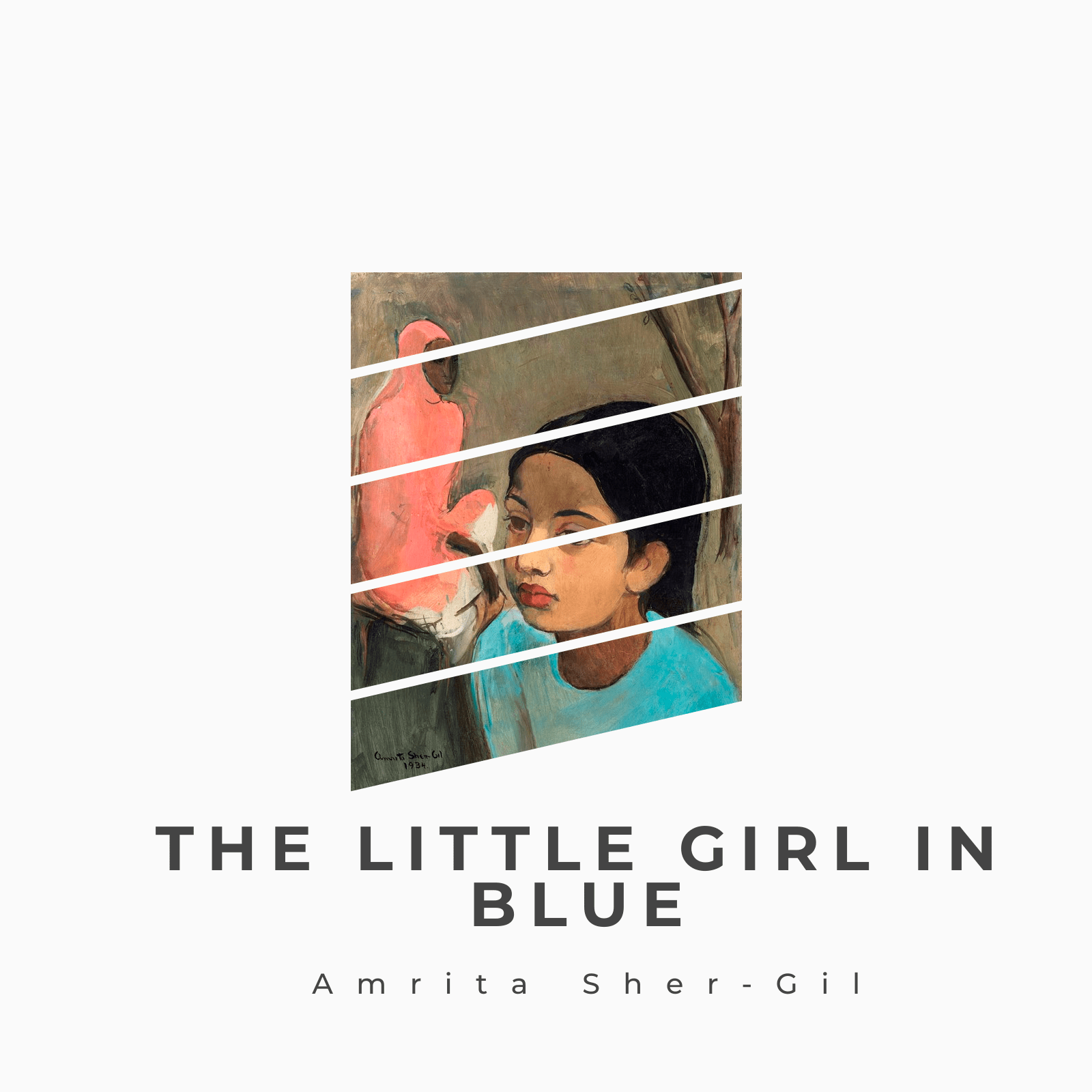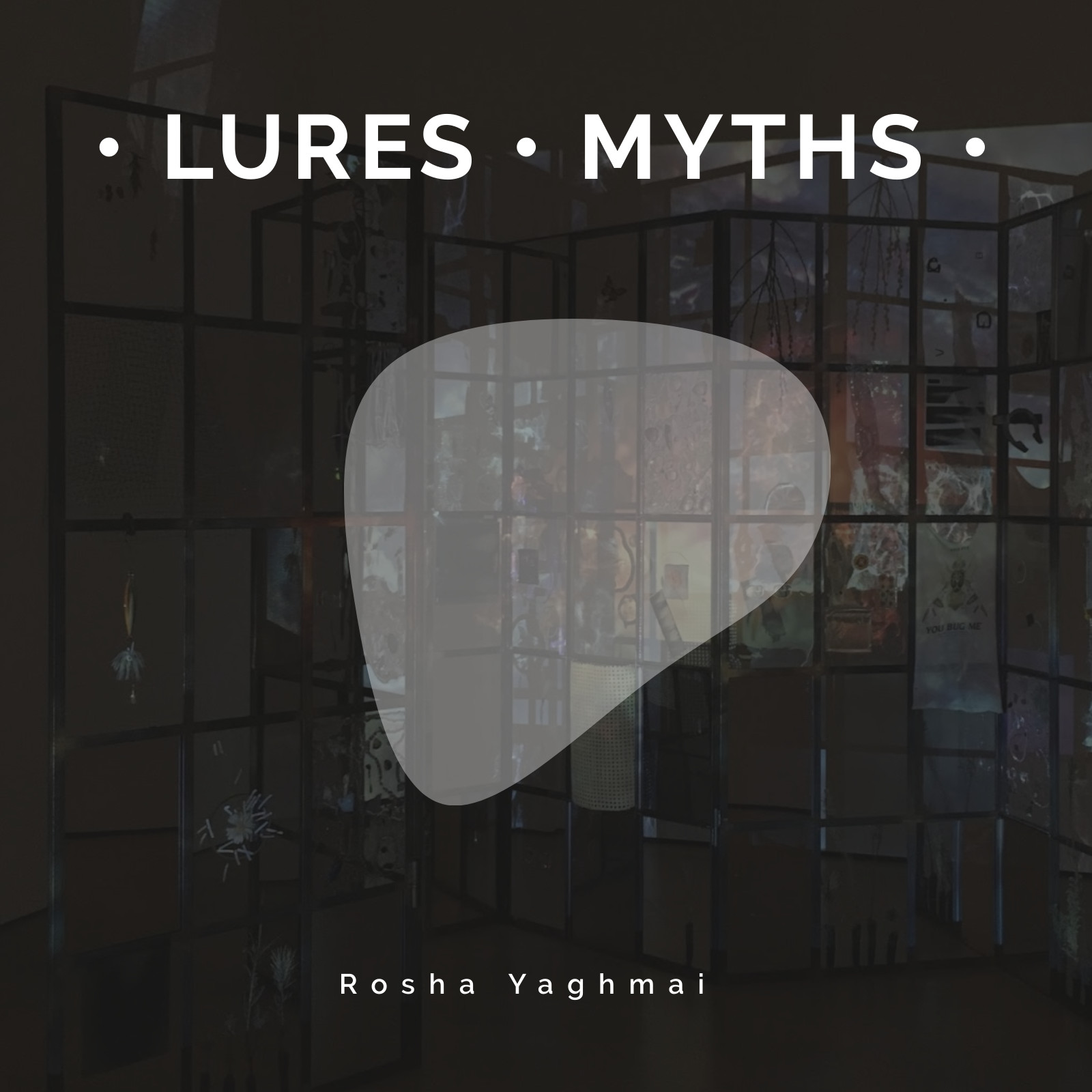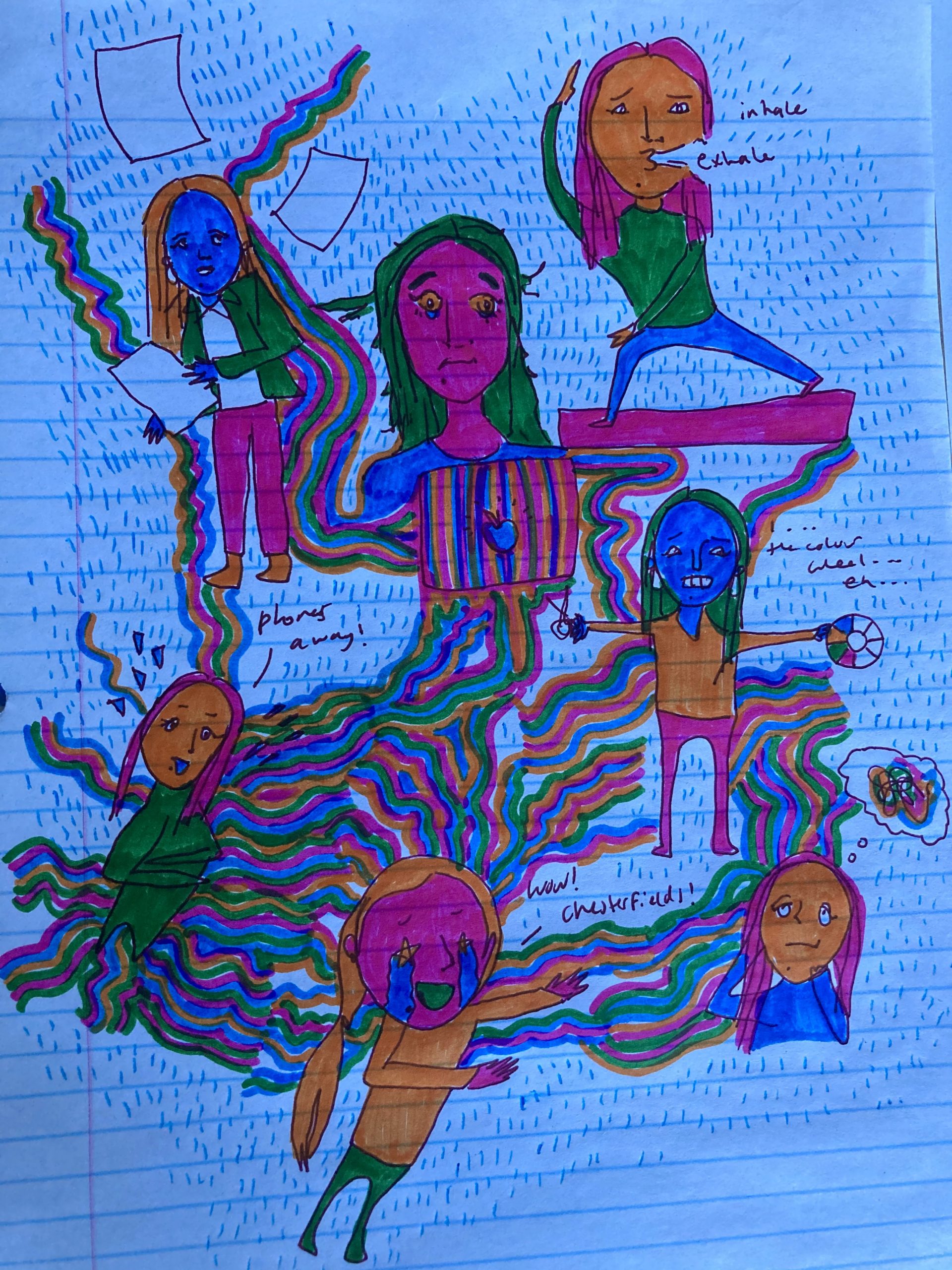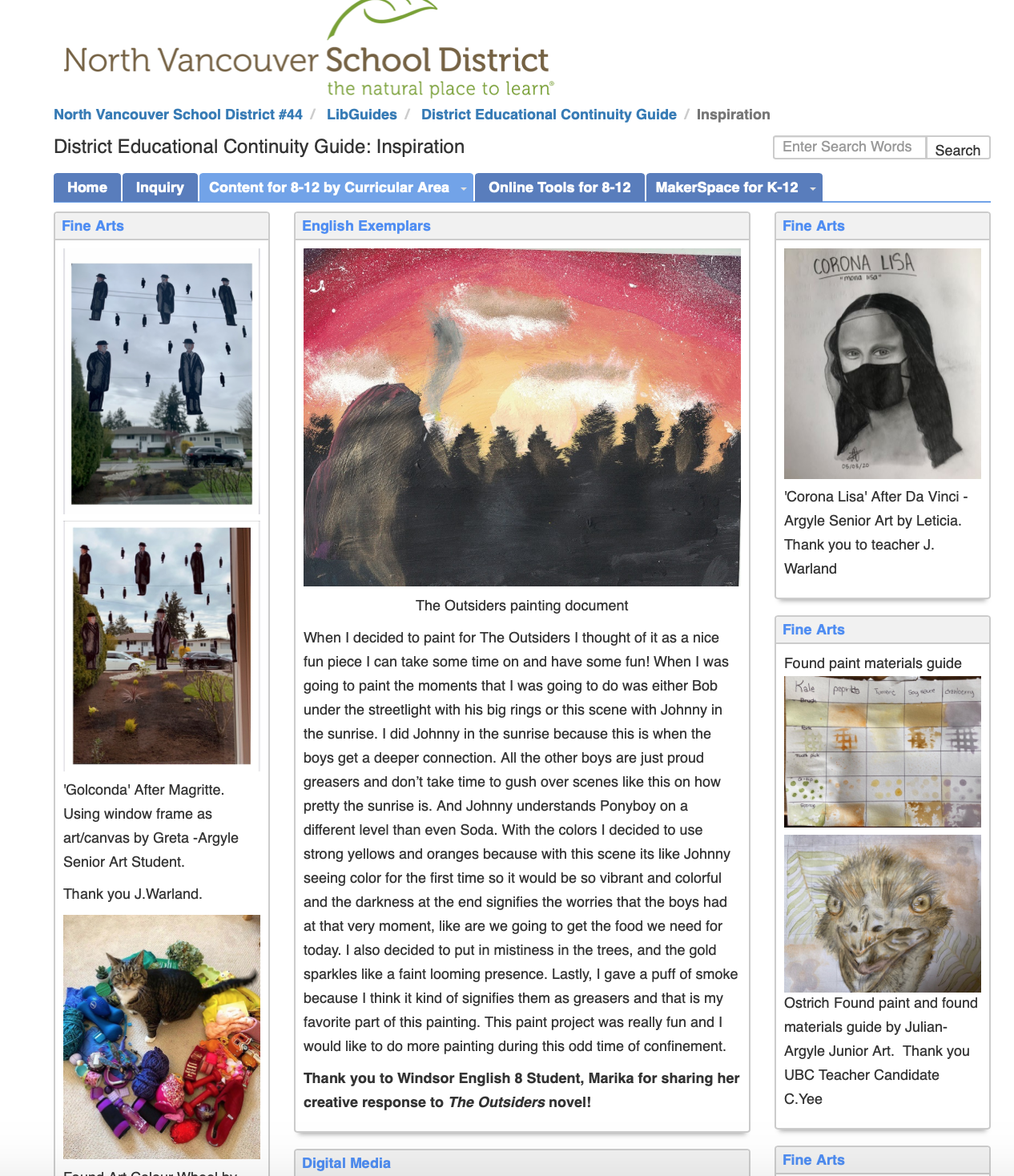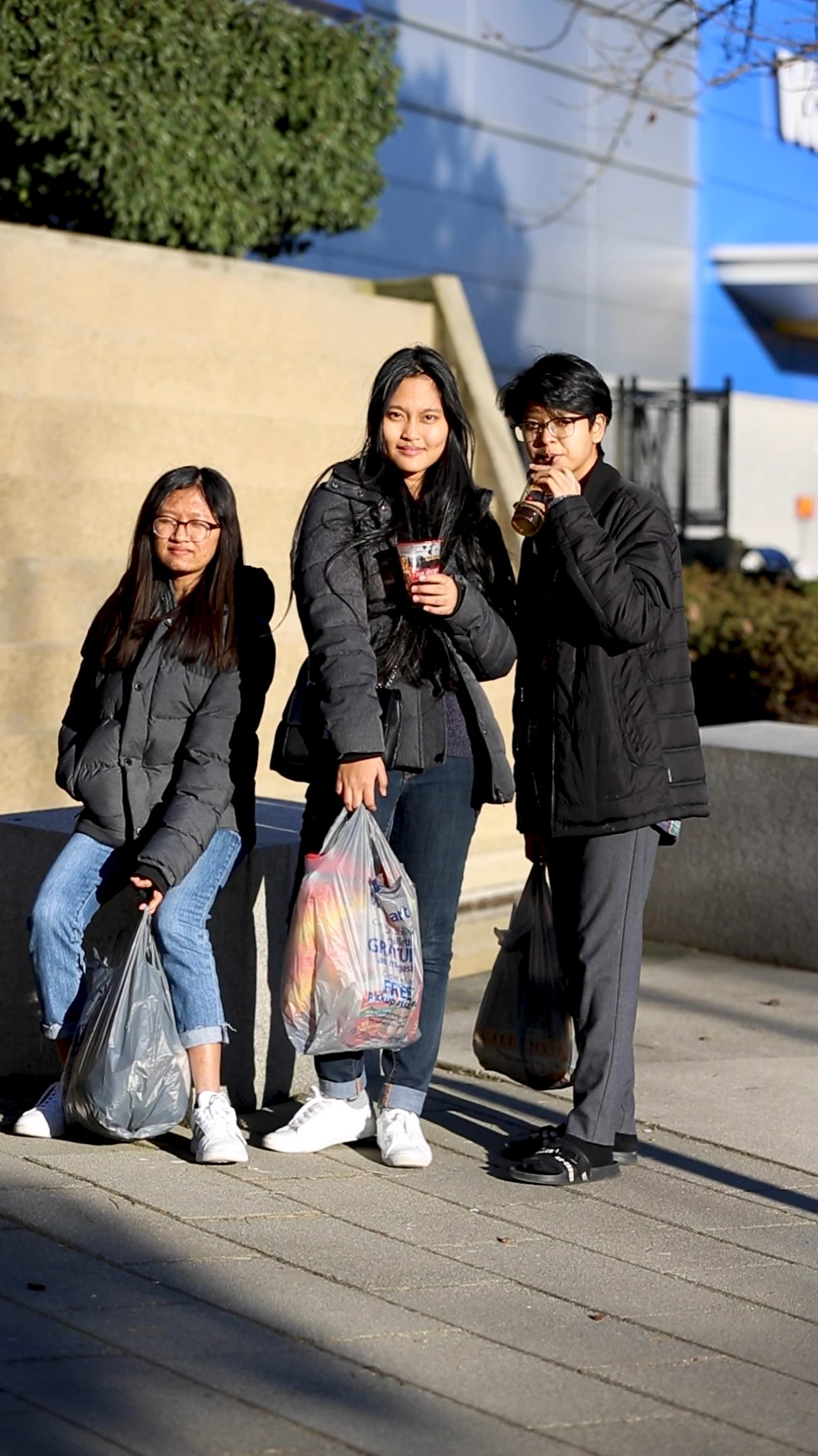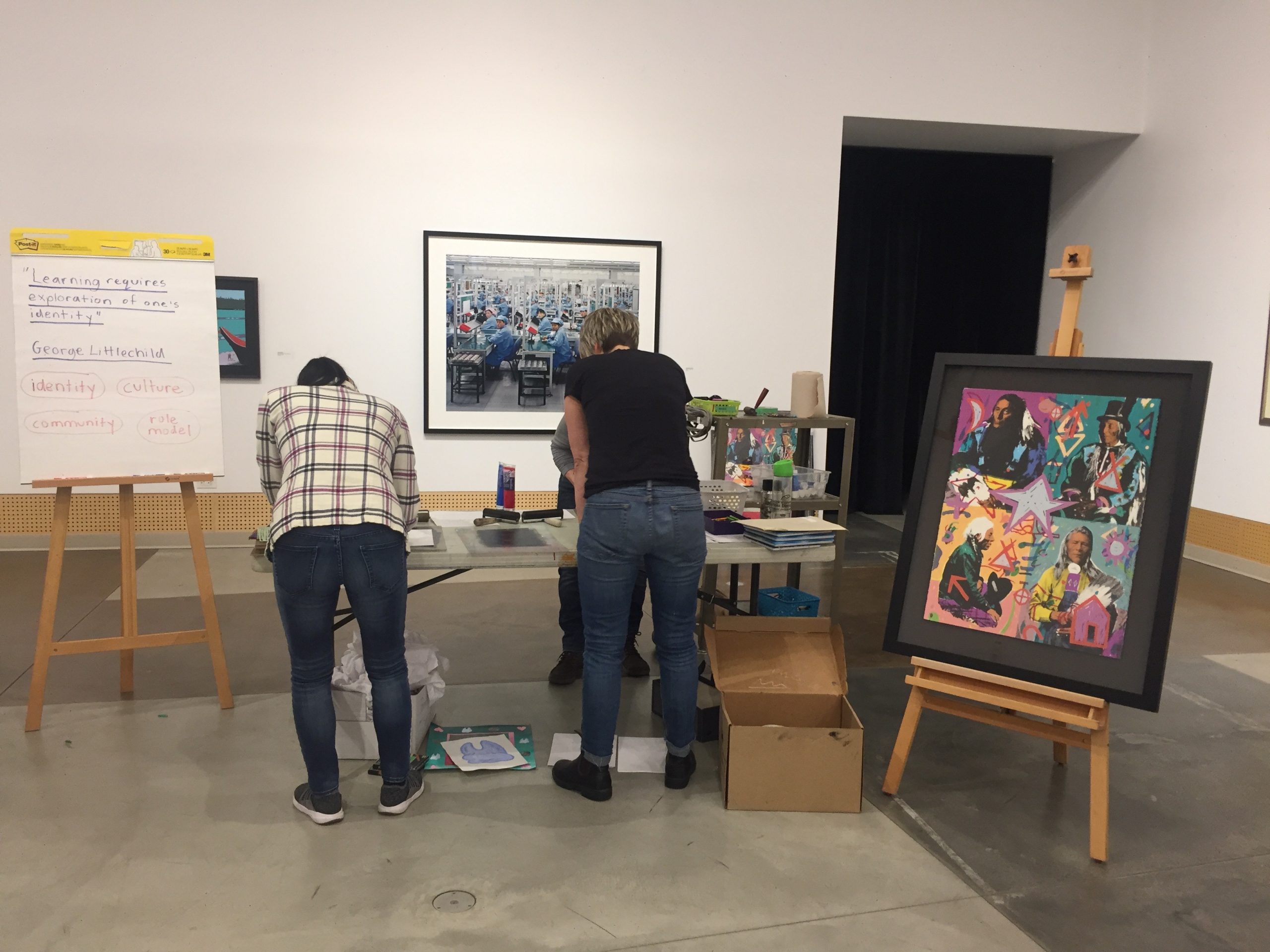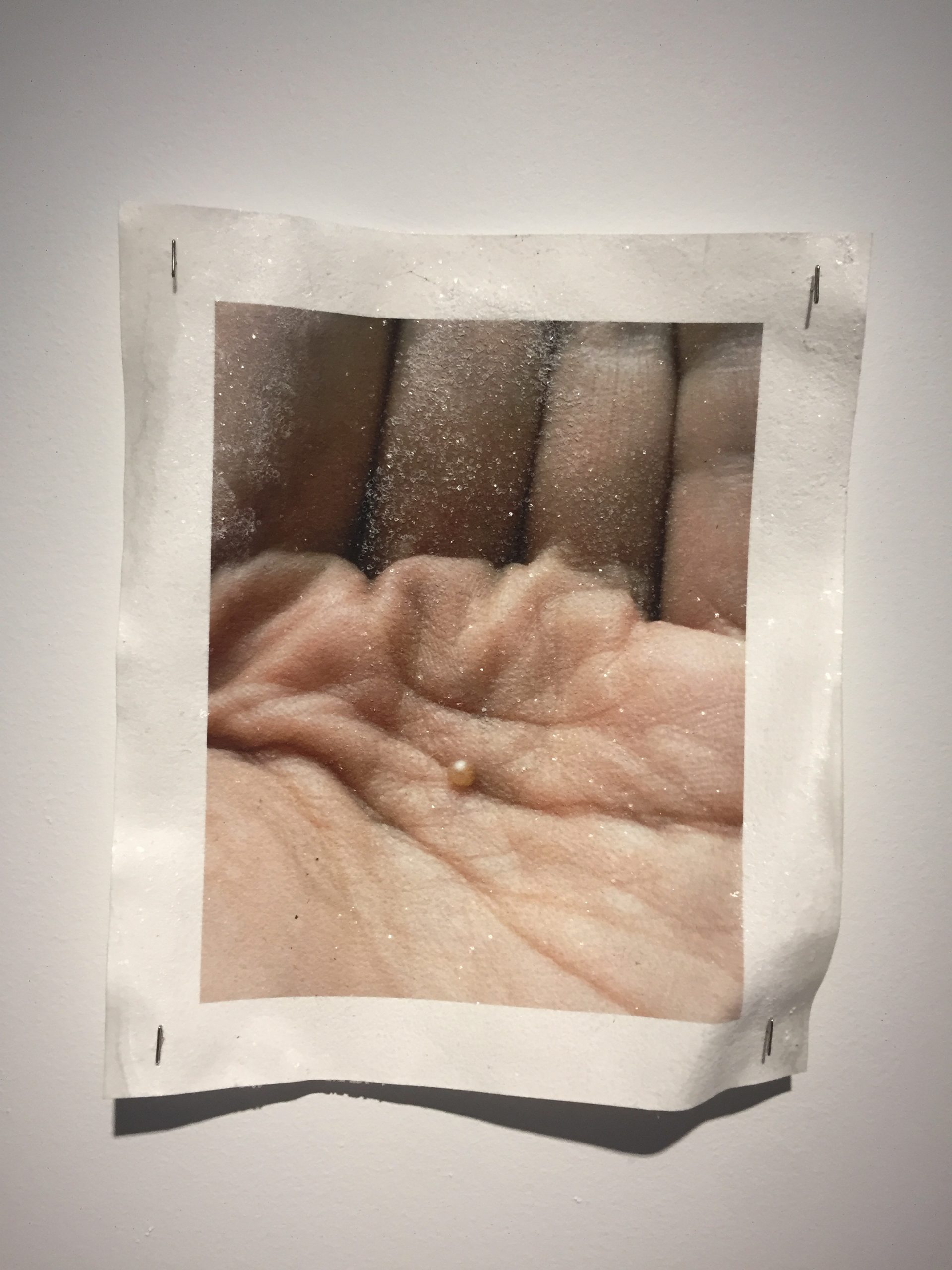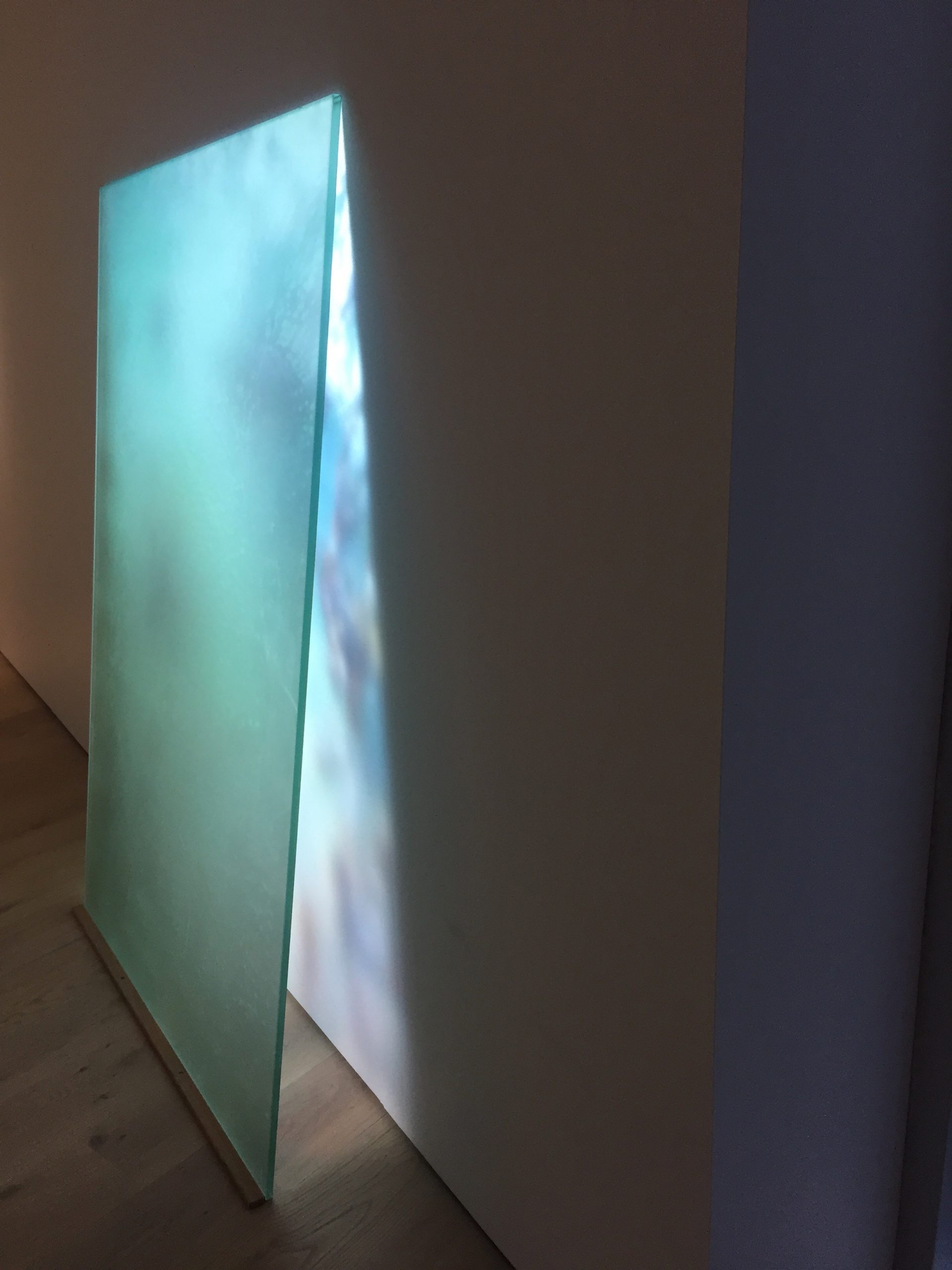After seeing a Facebook post, I made sure that I attended a Virtual Townhall Meeting on Anti-Racism with Minister Anne Kang, Parliamentary Secretary Ravi Kahlon, and Multicultural Advisory Council members Patricia Barkaskas and Dr. Ismaël Traoré. I found Dr. Traoré’s words to be particularly powerful and well-articulated.
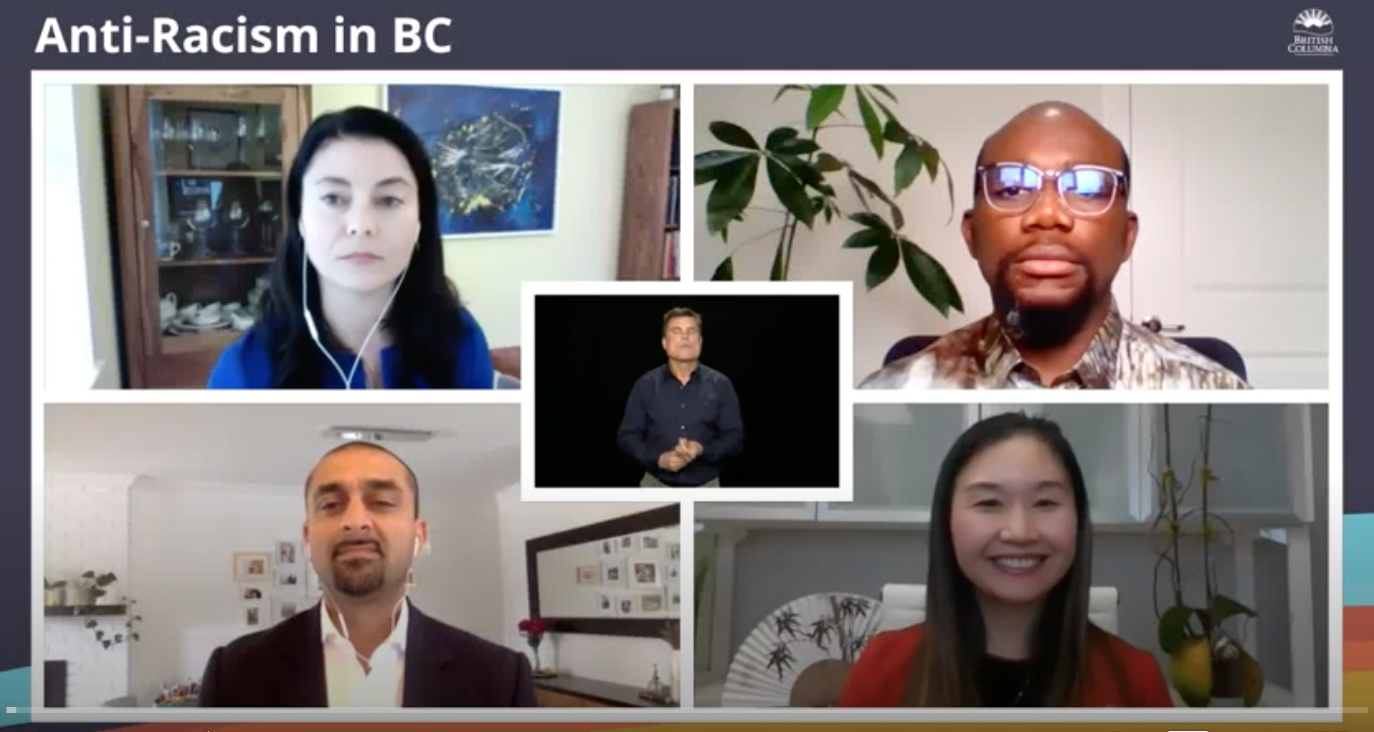
Do the Anti-Racist Work
Dr. Traoré referenced a great analogy on racism. Everyone’s on this conveyor belt. A passive racist is a non-racist, just standing on the belt. However, an anti-racist is walking faster than the speed of the conveyor belt, in the other direction, and it’s exhausting because the anti-racist is exerting a lot of force against the flow. Dr. Traoré encourages us to do the anti-racist work.
Black History in BC’s School Curriculum
The public was invited to submit questions prior to the townhall. One of the questions that stood out to me was: “When will we introduce Black history in the BC curriculum?” Kahlon responded by saying, “Not soon enough.” Dr. Traoréfollowed by explaining that the Board of Education in Richmond voted to advocate to Rob Fleming, BC’s Minister of Education, for Black history instruction to be mandatory in schools and to create a working group to develop strategies across the district. Dr. Traoré also encouraged a push to include SOGI (Sexual Orientation and Gender Identity) instruction across BC schools.
Another question that was asked was: “How do we get more indigenous and black teachers in the districts?” Dr. Traoréwas quick to answer by saying: “You hire them.” He stressed that Black and Indigenous teacher candidates are applying, but that the government and society need to help them get there. He also said Black and Indigenous students need to have the same opportunities.
Defunding the Police
The panel was also asked about their position on defunding the police. All panelists agreed that it was necessary. Dr. Traoré mentioned that a police-person only needs 30-credits of post-secondary education to enter the force. He demanded that they need more. In addition, he suggested that the divested funds should go towards existing community-based organizations, education, or free public transit. He posed a powerful question: “What kind of society do we want for the future?”
BC’s Steps Towards Anti-Racism
Kang mentioned a provincial resilience program. I found some news releases and information about the program’s aims, but I could not find an official site.
